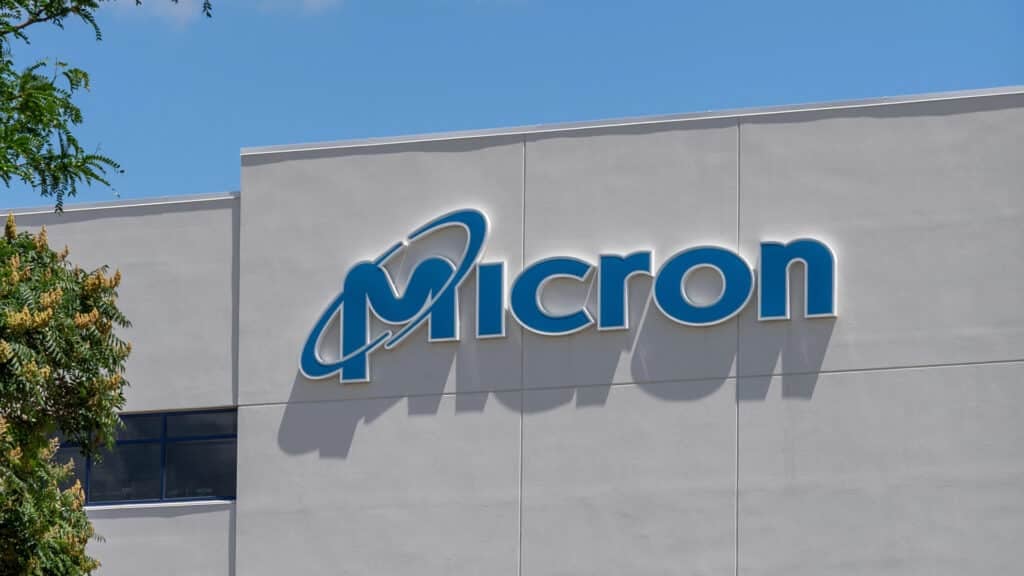The News: Red Hat, a leader in open source solutions, launched the latest version of its flagship Kubernetes orchestration and management platform. Red Hat OpenShift 4.14 streamlines development and operations with automation and security features, easing IT staffing challenges and simplifying hybrid cloud application deployment. Read the full press release on the Red Hat website.
Red Hat’s Flagship OpenShift Platform Gets an Update
Analyst Take: The progression toward Platform Engineering and Site Reliability Engineering (SRE) methodologies epitomizes the next iteration of DevOps, focusing on creating stable, scalable, and repeatable environments that foster development efficiency and operational reliability. Platform engineering abstracts complexity for developers, providing a foundation that accelerates development cycles and promotes innovation without compromising on operational standards. SRE takes lessons from software engineering to apply them to IT operations, emphasizing automation and continuous improvement, which not only augments system reliability but also ensures that operational insights feed back into the development process, thereby enhancing the overall quality of service.
In the context of Platform Engineering becoming the norm for the most evolved enterprises, Red Hat has enhanced its Red Hat OpenShift platform, powered by Kubernetes, to simplify the complexities of infrastructure and application development for teams in development, operations, and security. Red Hat OpenShift 4.14 addresses the critical industry gap in IT talent by automating intricate operational tasks, thus reducing the burden on IT teams and enabling them to focus more on innovation and cloud-native application delivery.
To alleviate management overhead for organizations, Red Hat has made hosted control planes for Red Hat OpenShift on bare metal, and Red Hat OpenShift Virtualization is generally available. These control planes, emerging from the Hypershift project, are designed to minimize management costs, expedite cluster provisioning, and enable developers to create self-service clusters, thus enhancing operational efficiency and security.
In the context of hybrid cloud, Red Hat OpenShift has introduced increased flexibility for customers to modernize and deploy applications. Enhancements include Red Hat OpenShift Virtualization available on Amazon Web Services (AWS), support for developing AI applications with NVIDIA graphics processing units (GPUs), deployment options to edge devices with Red Hat Device Edge, and faster startup on Google Cloud with Red Hat OpenShift Dedicated now on the Google Cloud Marketplace. Red Hat OpenShift on Arm on Google Cloud also offers the potential for superior compute speed and cost savings.
Red Hat OpenShift has integrated security features across the application lifecycle to help organizations mitigate risks and comply with regulations, thus supporting DevSecOps strategies without additional tools. New security features include secrets management for sensitive data, increased visibility in consuming cloud services through Azure Managed Identities and Google Cloud User Tags, and a trial of Red Hat Advanced Cluster Security Cloud Service for enhanced application development and management security.
With the general availability of Red Hat OpenShift 4.14, Red Hat continues to commit to simplifying application development and IT operations, thereby reducing the operational strain on IT teams and allowing organizations to focus on innovation and building solutions to meet the evolving needs of customers and businesses.
Looking Ahead
The release of Red Hat OpenShift 4.14 represents more than just an update; it is a strategic alignment with the industry’s gravitational pull toward Kubernetes (K8s), hybrid cloud deployments, and the maturation of public cloud ecosystems. As organizations navigate the complexities of digital transformation, they are increasingly looking toward hybrid cloud infrastructures that promise both flexibility and control. OpenShift 4.14, with its Kubernetes-powered core, serves as a beacon in this transition, offering a unifying platform that bridges on-premises environments with the public cloud.
This evolution underscores a pivotal shift in cloud strategy—where once the public cloud was seen as the panacea for all IT needs, the narrative is now about harmonizing the old with the new. The latest OpenShift enhancements are a nod to this reality, providing tools that cater to a workforce short on skills but rich in ambition, seeking to leverage the cloud not just as a service, but as an innovation platform. Red Hat’s move solidifies Kubernetes as the orchestration linchpin of this new era, signaling a future where hybrid cloud is not just an option but an imperative for enterprises aiming to remain competitive and resilient in a cloud-centric world.
Disclosure: The Futurum Group is a research and advisory firm that engages or has engaged in research, analysis, and advisory services with many technology companies, including those mentioned in this article. The author does not hold any equity positions with any company mentioned in this article.
Analysis and opinions expressed herein are specific to the analyst individually and data and other information that might have been provided for validation, not those of The Futurum Group as a whole.
Other insights from The Futurum Group:
Author Information
Steven engages with the world’s largest technology brands to explore new operating models and how they drive innovation and competitive edge.





